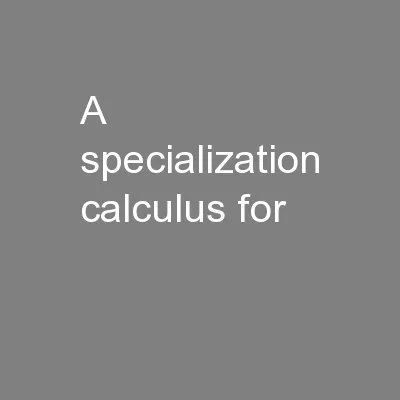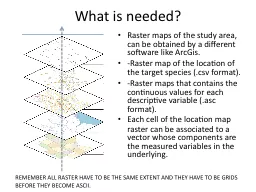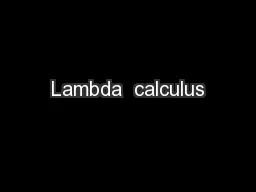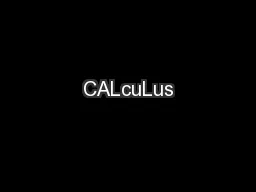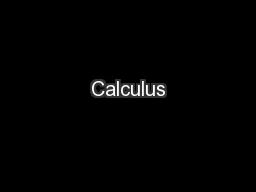PPT-A specialization calculus for
Author : ellena-manuel | Published Date : 2016-05-12
program verification Cristian Gherghina Joint work with Wei Ngan Chin Razvan Voicu Quang Loc Le Florin Craciun Shengchao Qin TexPoint fonts used in
Presentation Embed Code
Download Presentation
Download Presentation The PPT/PDF document "A specialization calculus for" is the property of its rightful owner. Permission is granted to download and print the materials on this website for personal, non-commercial use only, and to display it on your personal computer provided you do not modify the materials and that you retain all copyright notices contained in the materials. By downloading content from our website, you accept the terms of this agreement.
A specialization calculus for: Transcript
Download Rules Of Document
"A specialization calculus for"The content belongs to its owner. You may download and print it for personal use, without modification, and keep all copyright notices. By downloading, you agree to these terms.
Related Documents

